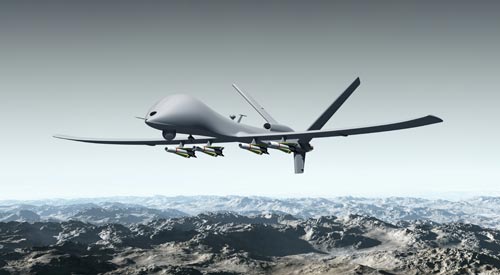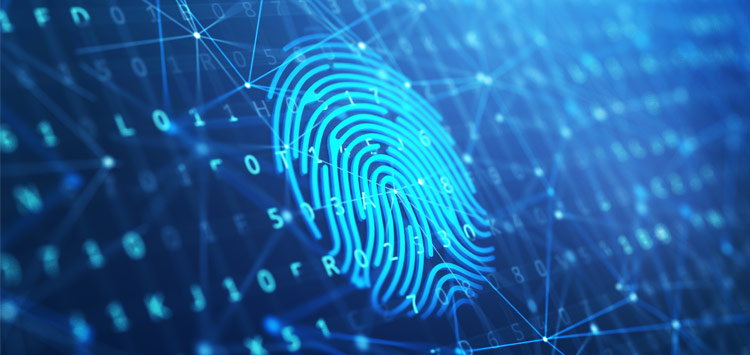Hawaii and the Horror of Human Error
Route Fifty: The Cold War came to an end, somehow, without any of the world’s tens of thousands of nuclear warheads being fired. But there were decades-worth of close calls, high alerts, and simple mistakes that inched world leaders shockingly close to catastrophe.
Saturday’s terrifying, 38-minute episode in Hawaii will not go down as one of those close calls: Residents of the state waited for the bombs to fall after receiving text messages that a ballistic missile was on its way. FCC Chairman Ajit Pai on Sunday said “the government of Hawaii did not have reasonable safeguards or process controls in place to prevent the transmission of a false alert”—a case of human error, in other words.
But the episode did reveal the glaring deficiencies of an early-warning system that can easily misfire, along with some frightening truths about the speed at which policymakers and presidents must make decisions in the event that missiles really do fly. “Mistakes have happened and they will continue to happen,” the Arms Control Association’s Daryl Kimball told me. “But there is no fail safe against errors in judgment by human beings or the systems that provide early warning.”
Tags
Share
Top Stories
- Future-proofing smart cities with open standards
- 5 States Challenged the Federal Contractor Wage Increase and Lost
- States should follow feds in Chinese tech bans
- A new initiative seeks to help small cities access infrastructure funding
- Governments view open source as critical for enhancing digital services, experts say
- More States Move to Ban TikTok from Government Devices
- Cyber, digital services, workforce primary focus for state CIOs in 2023
- Virginia has a data center problem
- Efficient public safety demands evolving tech
- Digitized services drive citizen satisfaction
- State chief information officers are handling much more than just tech
- States target mainframes in legacy system modernization
- How one city’s IT team keeps up with rapid growth
- How one agency’s cloud migration smoothed the path for others
- NASCIO: States must ‘hyper-focus’ on IT modernization
- Louisiana Becomes First State to Receive Internet for All Grants
i360Gov Newsletters
The most significant government policy, business, and technology news and analysis delivered to your inbox.
Subscribe NowTrending
- Mayor launches IT modernization to boost services delivery
- Local government on the edge: The future of IT infrastructure
- Digitized services drive citizen satisfaction
- Why cities and towns see a huge economic opportunity in the semiconductor bill
- New York state pumps the brakes on crypto mining
- The best offense is a strong defense: Improve cloud security with visibility and zero trust segmentation
- How state and local leaders can use data to ensure broadband access for all
- Over $105 Million Going to Better Internet for Native American Communities


















